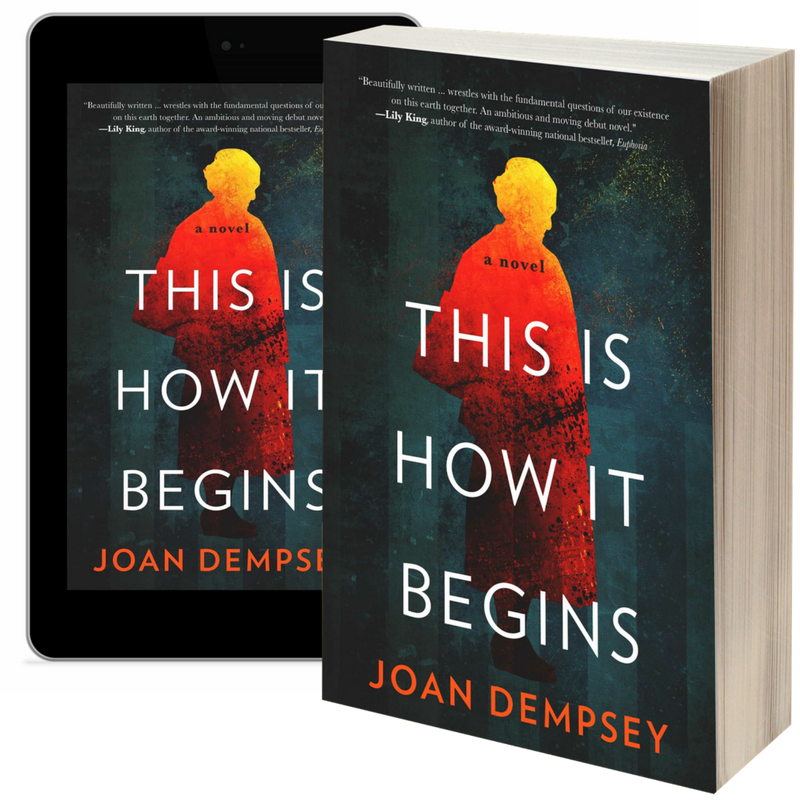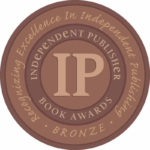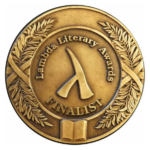ARTWORK IN THE NOVEL
Much of the artwork mentioned in the novel is real (although "Alexander Roslan's most famous painting—Prelude, 1939—" is a work of fiction).
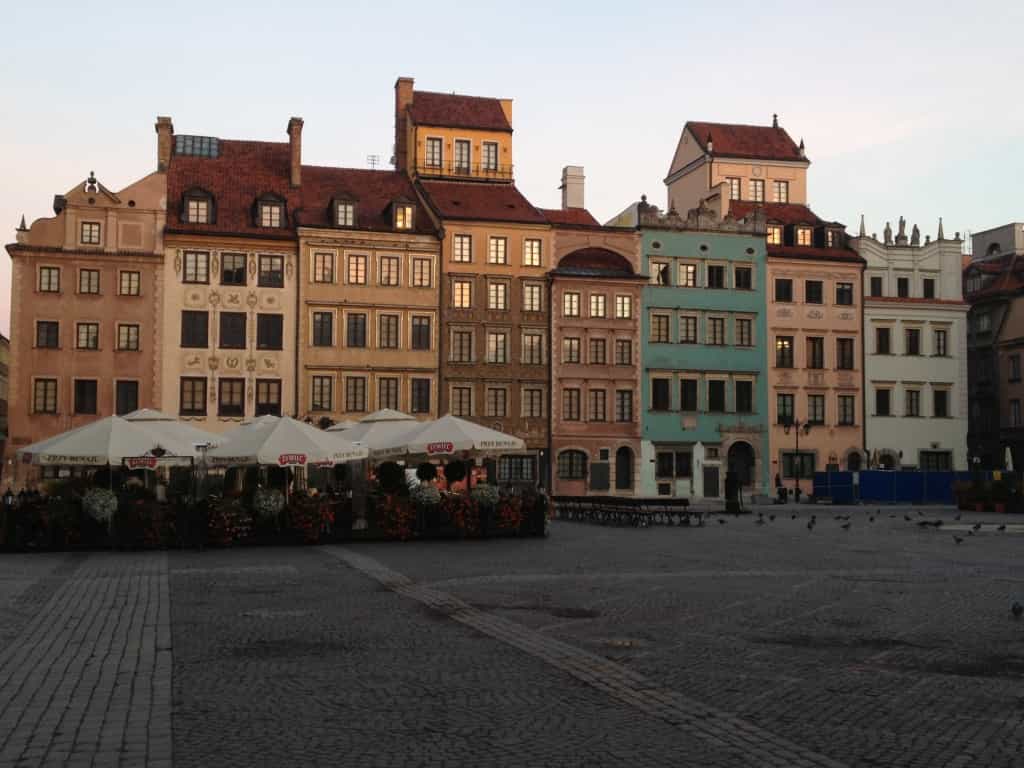
Rynek Starego Miasto, in the heart of Starówka (Old Town), Warsaw. This is the north side of the square, known as "Strona Dekerta." You'll find out why it's important in chapter 24.
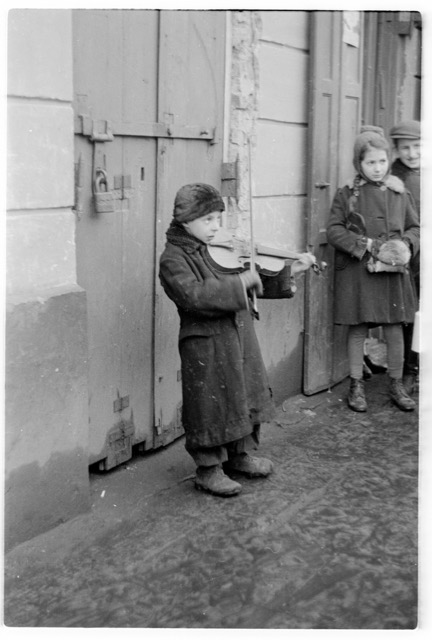
I found this photograph by Joe Julius Heydecker in the archives at The Jewish Historical Institute in Warsaw, Poland, after I had written about the fictional painting Prelude, 1939, which depicts a street busker playing violin. Like the fictional painting, this photograph is of a boy in the Warsaw Ghetto. Moments like this while writing the novel kept me going; I was apparently telling a story that wanted to be told.
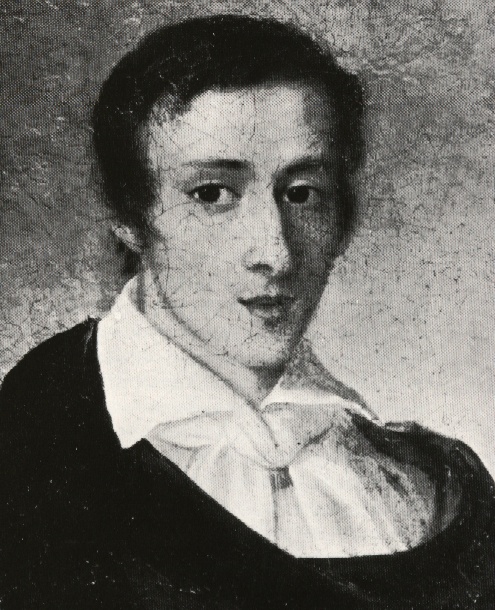
I discovered this portrait, too, in what felt like a miraculous way. From the moment I began to write this novel, in Oct 2009, I had an image of Ludka, the protagonist, crawling through smoke and fire with a painting under her arm. I had no idea what the painting might be, but after writing for a time, it became clear it was a portrait of Frederic Chopin. When I researched Chopin, I discovered that this real, famous portrait by Polish artist Ambroży Mieroszewski had been stolen by the Nazis from an apartment in Warsaw and never recovered. Turns out my fictional Ludka has been hiding it from the authorities all along!
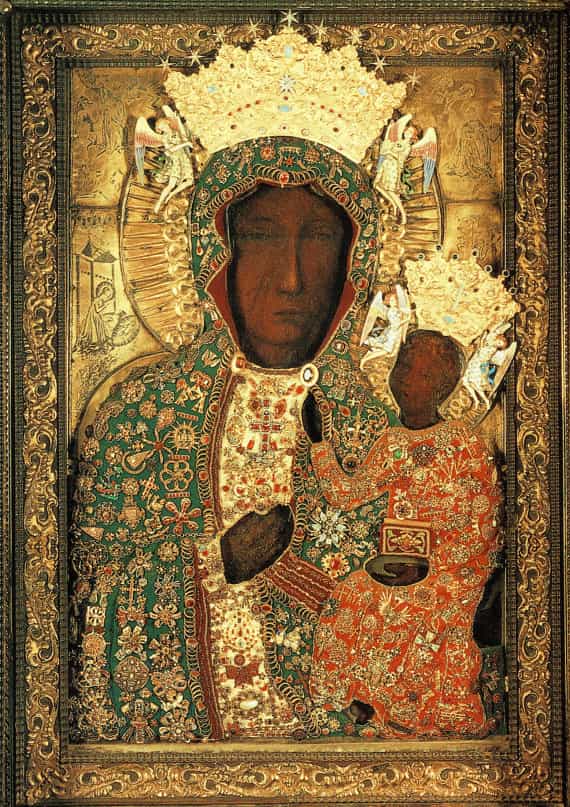
The legend of the painting of the Black Madonna of Częstochowa, which graces many churches and Polish homes, says that back in the 12th century, in the painting's first home in Jerusalem, its holy presence was said to have saved the church from fire. This painting, too, figures prominently in the novel.

